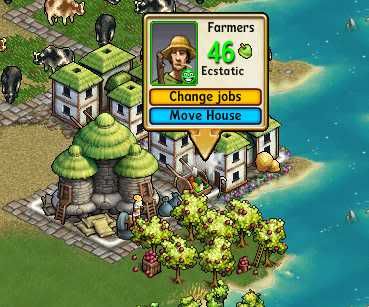zbgayumn
Emperor
I've noticed there is usually a big difference in the buy and sell price of great people. It seems that they would have to be very low prise and they extremely expensive for you to make a profit.
That big difference in the buy and sell prices is annoying because it makes it difficult to switch your Great People out for different types. I suppose that's the point, though.
As for buying GPs outright, the formula I posted last time tells you how long it would take to make enough resources to sell back into the market to break even. In my current game, food and science prices have been much higher than "normal". 900-1400 for food, 500-800 for science. Meanwhile, GPs have been around the "normal" price of 7000-11000. For that kind of ratio, you can buy a Great Prophet and have it pay off within 2-3 days. So for the first 3-4 days, you can be pretty confident that it's a good investment. After that you have to start guessing when the game is going to end.

 Resource
Resource 
